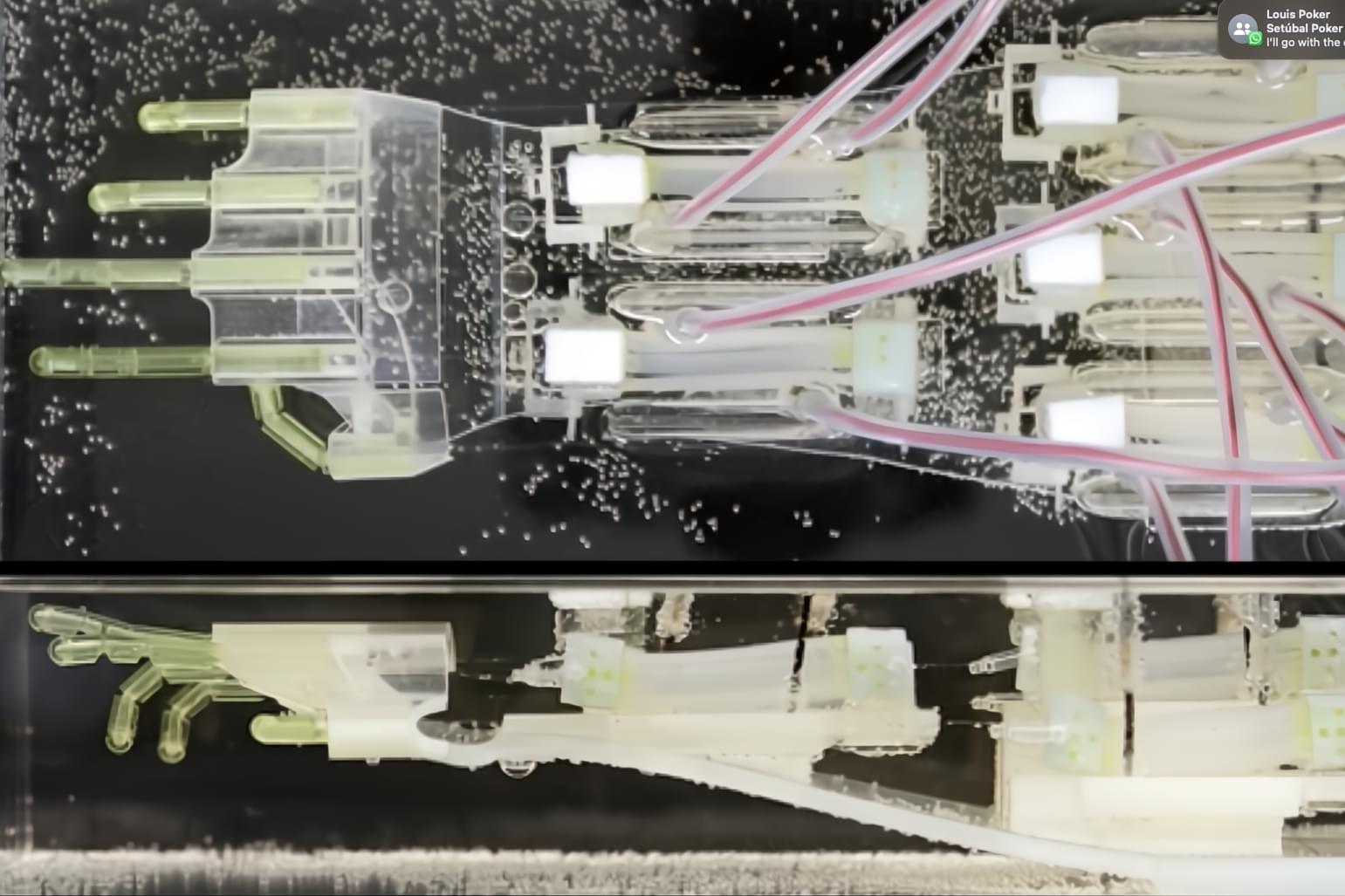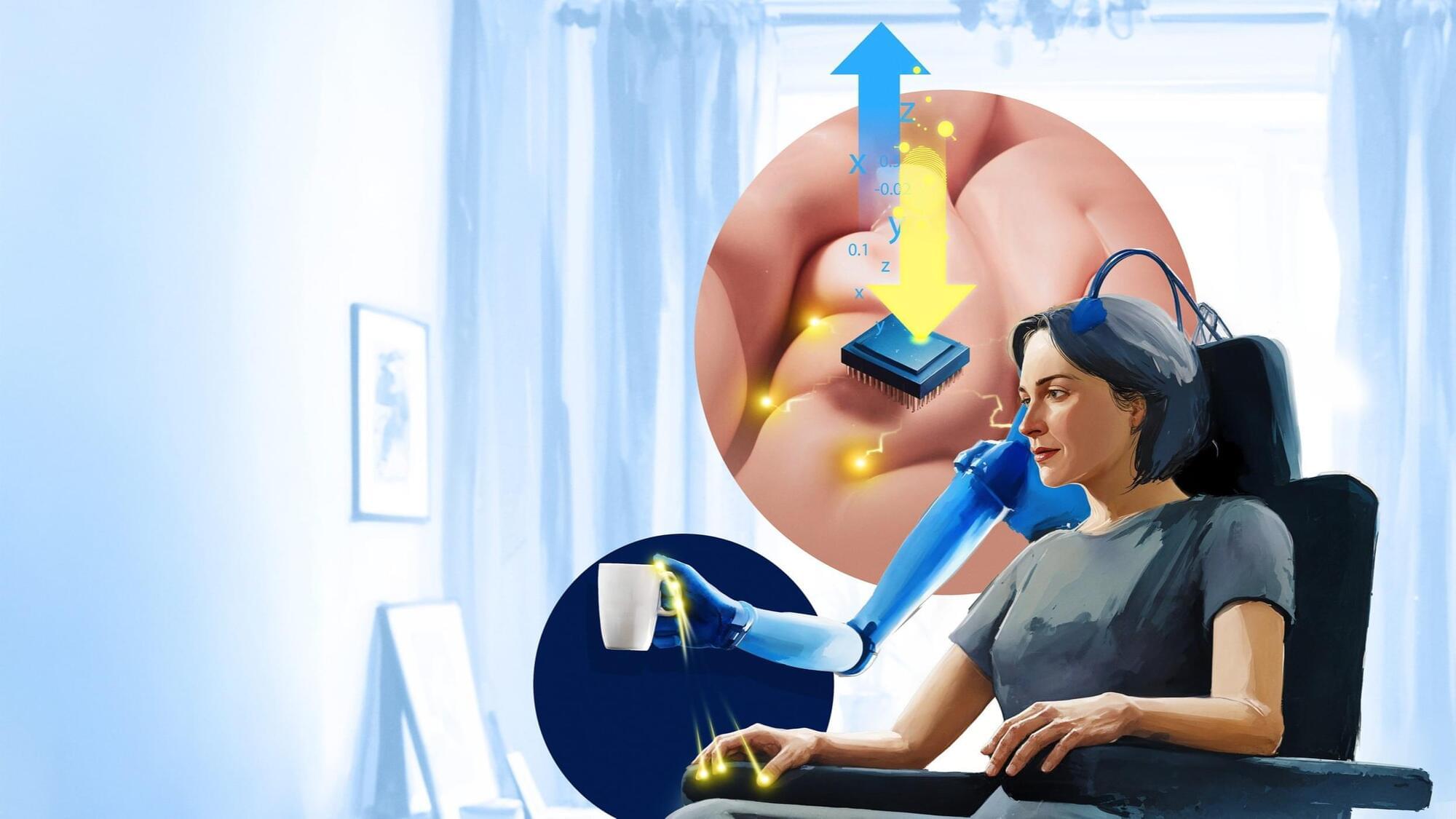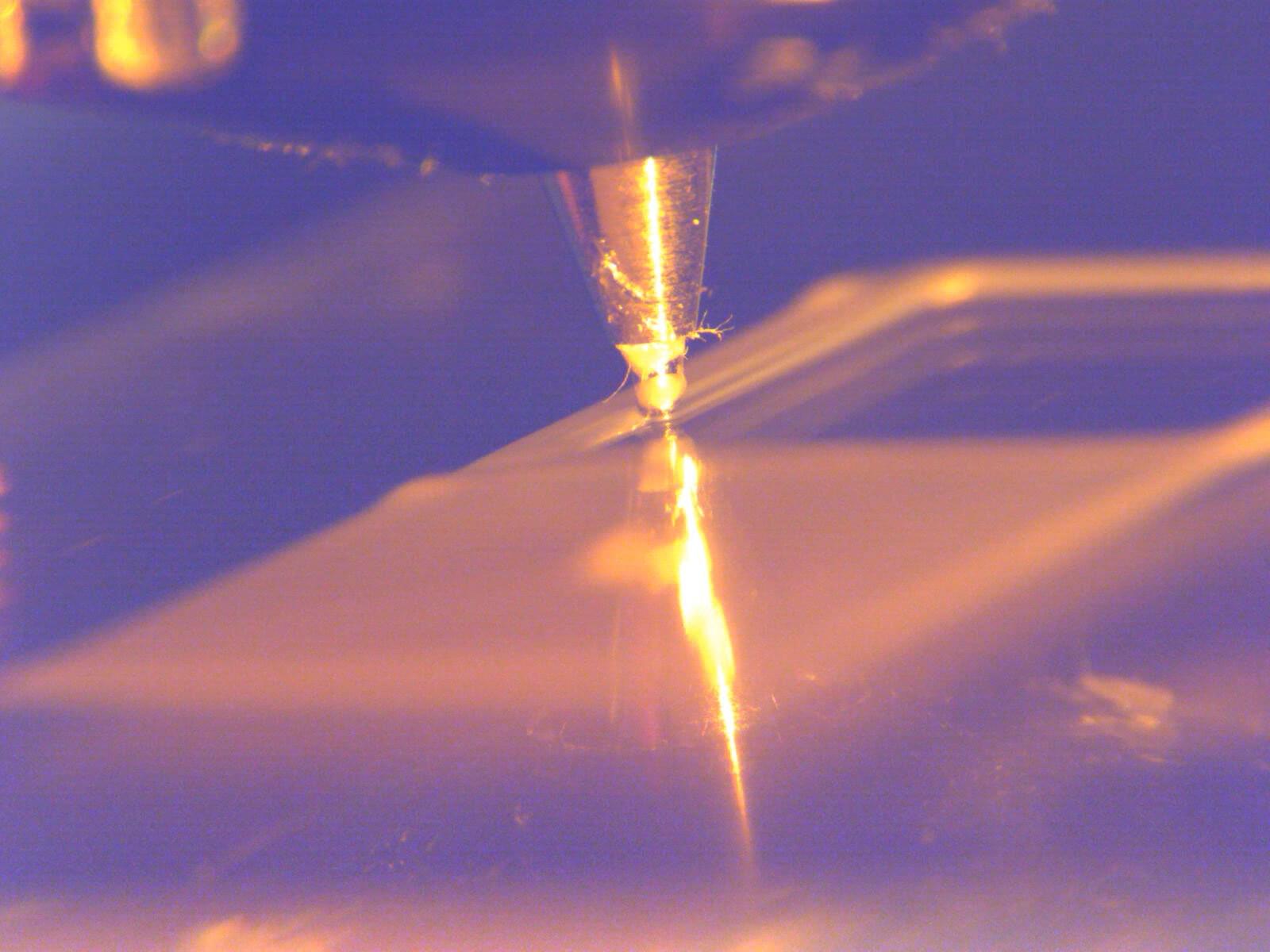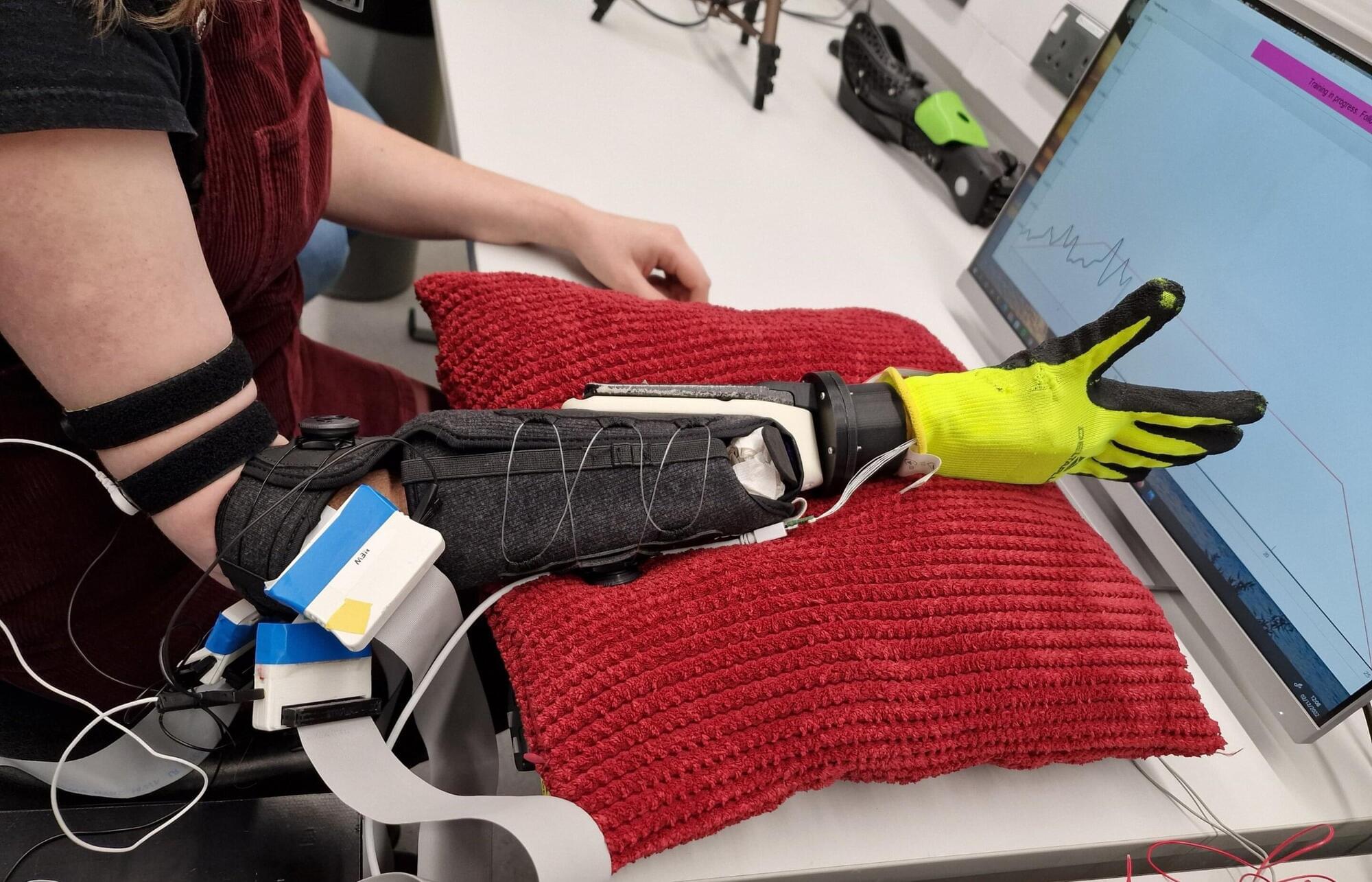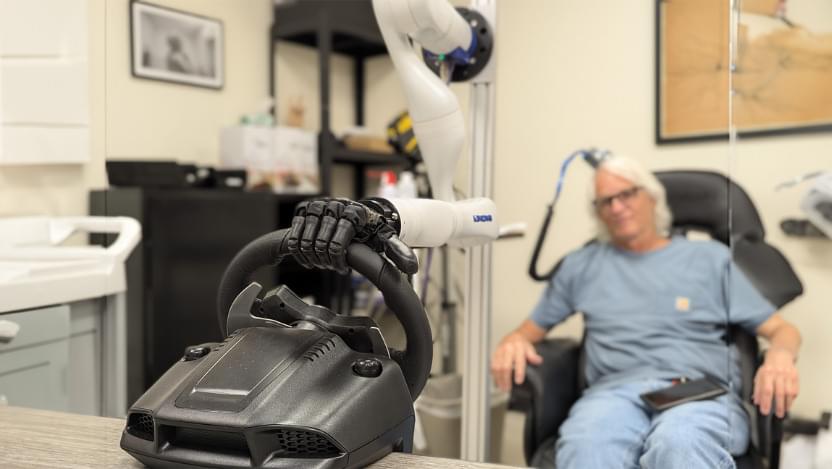Combining lab-grown muscle tissue with a series of flexible mechanical joints has led to the development of an artificial hand that can grip and make gestures. The breakthrough shows the way forward for a new kind of robotics with a range of potential applications.
While we’ve seen plenty of soft robots at New Atlas and a truly inspiring range of mechanical prosthetics, we’ve yet to see too many inventions that quite literally combine human tissue with machines. That’s likely because the world of biohybrid science is still in its very early stages. Sure, there was an artificial fish powered by human heart cells and a robot that used a locust’s ear to hear, but in terms of the practical use of the technology, the field has remained somewhat empty.
Now though, researchers at the University of Tokyo and Waseda University in Japan have shown a breakthrough demonstrating the real promise of the technology.
